#Otway National Park
Photo
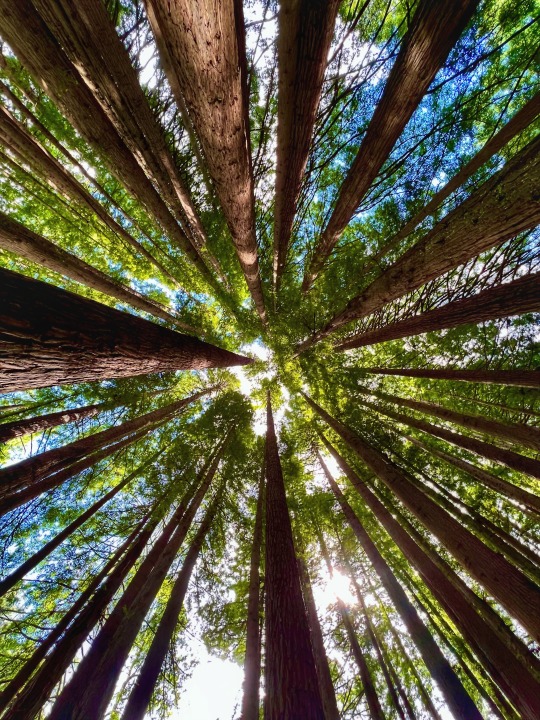
Red Sequoia Trees aka Californian Redwood
#original photography#original photographer#photographers on tumblr#redwoods#hardwood#building industry#timber#housing#landscape#Otway National Park#great ocean road#roadtrip#short holiday#australian landscapes#Australian photography#australian photographers
26 notes
·
View notes
Photo
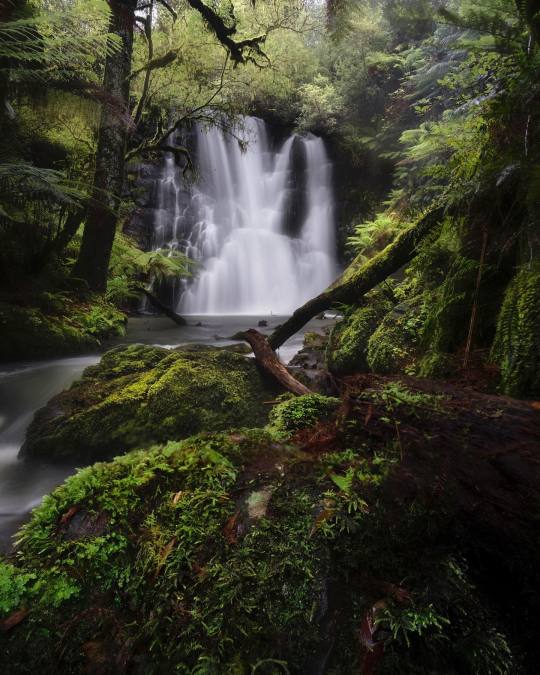
“ Down by the river “ // Craig Crosthwaite
188 notes
·
View notes
Text
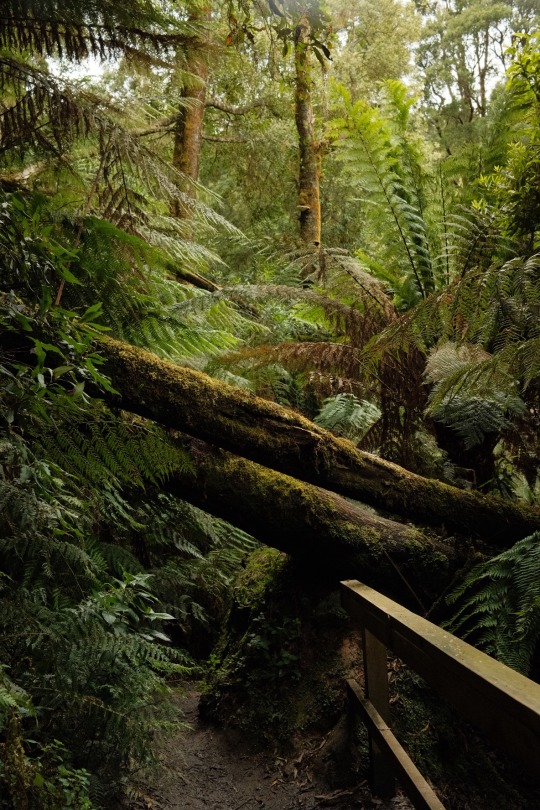
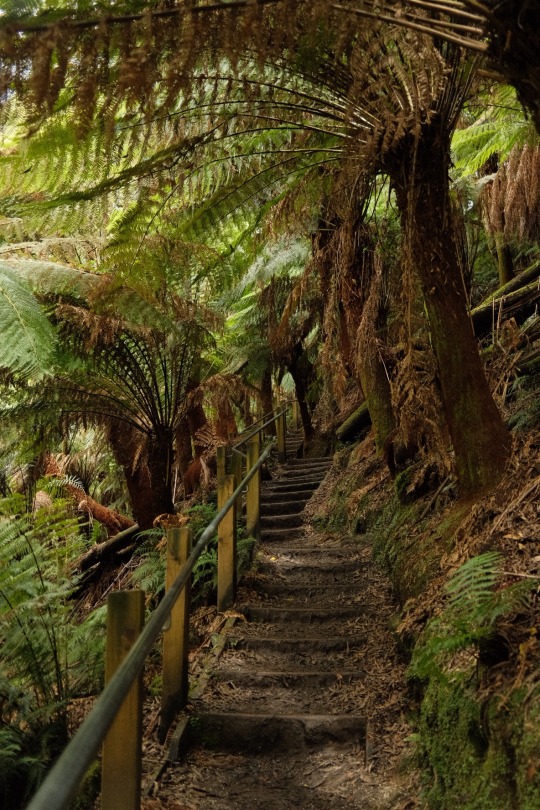
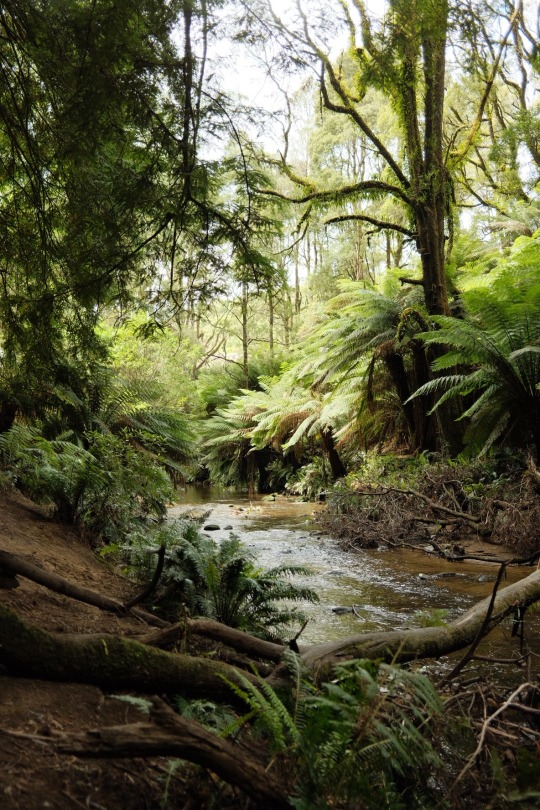
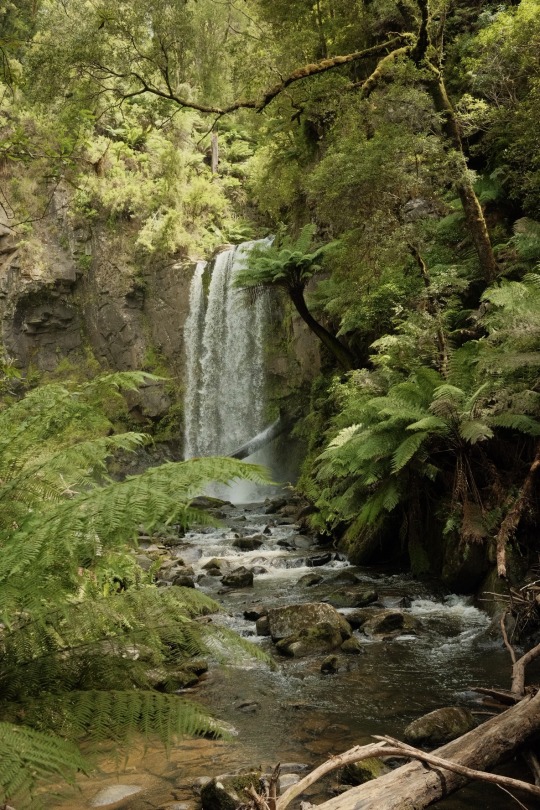
Gorgeous green and earthy tones of the Otways, Victoria 🌲🍃
#australia#nature#photography#summer#fujifilm x100v#Otways#Victoria#Melbourne#film recipes#classic chrome#filmsimulation#portra 400#waterfalls#National park#rainforest#Hopetoun falls#California redwoods
8 notes
·
View notes
Text
Great Ocean Road: Bird Lock Lookout, Cunningham Pier, Great Otway National Park, and Lorne Beach
Australians make wonderful colleagues.
My visit to Australia was a business-related trip, but I had to spend a few weekends in the country. Luckily, I have thoughtful and friendly colleagues who offered us to take a road trip along The Great Ocean Road during the weekend in their cars. A trip that I won’t forget, especially on my colleagues’ kindness and thoughtful offer.
The Great Ocean Road…

View On WordPress
#Australia#beach#Bird Lock Lookout#Cunningham Pier#great ocean road#Great Otway National Park#Lorne Beach#Photography#road trip#Travel#travel photography#trip#weekend trip
2 notes
·
View notes
Text
Growing up in Australia is weird when a lot of the literature I was brought up with was English, along with the TV being a good percentage American.
You see we have Eucalypt trees as the dominant native tree…well, everywhere - there are 700 odd species 😁
Common Laurasian flora includes common names like beech, ash, oak, sycamore, birch, fir, larch, maple, elm, etc. all from the northern hemisphere.
It has taken me years to work out what these trees are.
Elm - identified, street tree where I went to school.
Ash - weed over here. Also bred to become claret ash.
Oak - couple around the suburbs, at least four cork oaks up in Belair National Park.
Birch - knew that one, silvery bark is quite iconic.
Maple - know what they look like, plus the Japanese variety, but no idea which type is the syrup type.
Beech - this one continues to elude me, despite the fact that beeches have a long history in Gondwana. The Otways and Tasmania host the southern or Antarctic Beech. Unfortunately, I haven’t identified one enough to remember enough detail. I have no idea what the northern beeches look like (I should look this up)
Fir - some kind of conifer, don’t know enough to identify it from Pines.
Larch - no idea.
The reason for all this babbling is today I discovered what a sycamore tree is. No only that, but I have been walking under a closely related if not the same tree every morning on the way to work. Here we know them as Plane trees. Admittedly, ‘sycamores’ are actually a common name used to describe several species across at least two genus. But I now know what one looks like.
Also, growing up with Enid Blyton and her deep, dark forests had me , as a kid, looking for such forests. South Australia only has dry sclerophyll forest. Eucalypts are hear adapted and turn their leaves edge on to the sun direction. There are no natural dark forests in South Australia. Pinus radiata plantations are about as close as we get.
But anyway, I’m a European descendant who grew up in a wildly different land, which I love, of course, but it has taken me half a century to identify some of the trees my ancestors grew up with.
/End babble
Nutty
(Who could always look them up, I guess)
7 notes
·
View notes
Photo

Ferns, shrooms and falls, Otway National Park, Australia, OC, 3965x5947
26 notes
·
View notes
Photo
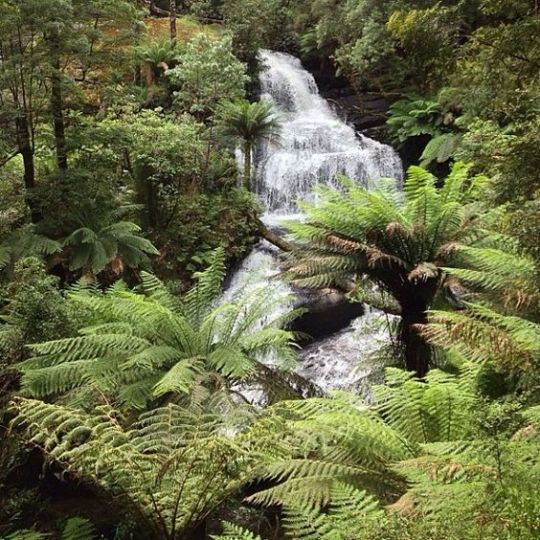
Triplet Falls in Great Otway National Park in Victoria, Australia | @konstchi
10 notes
·
View notes
Photo

Mait’s Rest rainforest trail, Otway National Park / Australia
2 notes
·
View notes
Text

Pink Robin in Otway National Park, Victoria
by #birdographer @patienteyephotography
#birdstagram
27 notes
·
View notes
Text
Mait’s Rest rainforest trail, Otway National Park / Australia

0 notes
Text

Hopetoun Falls, Otway National Park, Cape Otway, VICTORIA
More overgrown with fern trees compared to all the brochures which had shown this place. Some even show people standing in the water or under the falls itself. Probably instagrammers. There were plenty of signs to say ‘stay on the track’ posted Hopetoun Falls is one of those hidden places where its often off the beaten track unless you are actually looking for it
#original photography#original photographer#photographers on tumblr#great ocean road#Otway National Park#Victoria#roadtrip#short trips#short holiday#summer holidays#Hopetoun Falls#treking#Australian photography#australian landscapes#landscape photography#colours#Nature walks#back to nature#south Australian photographer
16 notes
·
View notes
Text
Sense-Making of Nature Interpretation
This week we are asked to interpret the most amazing thing we know about nature, which is a very loaded topic in my opinion.
There are so many aspects of nature so the “most amazing” will be very subjective with people. For me, the thing that amazes me most in nature is the variety of different ecosystems and their species that exist around the world. I’ve been very fortunate to have travelled to some very cool places in the world and observed many otherworldly plants and animals. Australia is probably my favourite and I want to use it as an example for this because it is one of the farthest places on Earth from Canada. As an environmental science student, I was in awe of so many unique plants and animals that I didn’t even know existed. Australia's isolation has led to the evolution of many endemic species found nowhere else on Earth. I gained an immense appreciation for the evolution of plants and animals for how they adapt to unique climates and environmental conditions. The most popular example is the Great Barrier Reef, one of the most diverse ecosystems in the world with an overwhelming display of aquatic organisms.

This is a picture I took of a little pied cormorant in Great Otway National Park in Victoria, Australia.
There are countless regions of the world that offer a unique array of species, but we must know that long-distance travel isn’t the only way to observe diverse environments. Here in southwestern Ontario, we are situated in close proximity to so many diverse different environments that all have very unique offerings. For example, the Pinery Provincial Park in Grand Bend is one of the last remaining oak savannah ecosystems in Canada, with over 800 plant species, 300 bird species and many rare/endangered, it is one of the most diverse regions in Canada. Other nearby examples of areas with unique biodiversity include Long Point Wildlife Reserve, Point Pelee National Park, and many areas along the Niagara Escarpment.
I find inspiration in different environmental experiences, whether it’s going to provincial parks I’ve never been to before or seeing a rare/endangered organism. This is one of the many beauties of nature, it’s more accessible than people think and does not require lots of money spent on travel to experience something new.
I’d love to hear some of your experiences with this and if there was any one moment that inspired you to be more connected with nature!
References:
Hooykaas, A. (2024). ENVS*3000 Nature Interpretation course notes
Pinery Provincial park. Welcome to Pinery Provincial Park. (n.d.). https://www.ontarioparks.ca/park/pinery
1 note
·
View note
Text
VR Mindfulness Study #1
I had looked at this study before, but I want to see exactly the experience that gave to participants.
Description of the Virtual Reality Mindfulness App
This study used a VR mindfulness app that was designed for use in self-guided contexts. The app delivered a 15-min program of guided, focused-attention mindfulness within a VE created from an omnidirectional video footage of a forest. The VE included ambient audio (ie, sound originating from the forest) and a guided mindfulness voiceover. The app did not require the use of a hand controller, encouraging intuitive exploration between the user and the environment. The app was designed by the authors in collaboration with a commercial software company and it was developed in the Unity platform for use with the Oculus Go VR headset. During the design process, the app was refined through 3 focus groups (not reported here) in which 9 prospective users trialed the experience and gave feedback that helped address usability and content-related issues.
Omnidirectional Video and Audio
The VE comprised forest scenes captured in the Great Otway National Park in Australia. The footage was recorded at two different sites in the forest, presented in Figure 1. The first site was a clearing near a river, and the second site was at the river’s edge. Both sites were filmed in 4K resolution using a Z Cam V1 Pro. The camera height was set at 1.3 meters, giving the impression that the user was experiencing the environment from a seated position. The footage did not include any visible people or animals, giving the impression that the user was alone in the environment. Ambient sounds of the natural environment were captured at the time of video recording, using omnidirectional and stereo microphones (Zoom H6 and Zoom H2n). This sound was overlayed onto the video footage during postprocessing.
Thoughts
Overall it seems that this experience provided positive effects even with its barebones nature. It really is just like flow putting users in a virtual environment and playing a guided meditation. However it does seem like this studies meditations had some contextual cues such as "look at those rocks over there" which may have helped with immersion.
0 notes
Text
Great Ocean Road Day 2
Today was very much about the famous sights on the GOR, in particular the 12 Apostles. However, when I did this before as part of a tour we really only7 got to see Loch Ard Gorge and the 12 Apostles so this time was the opportunity to see ALL the main sights and travelling from east to west was also much better given that the sights improved as we went along.
Starting from Apollo Bay this morning we started our westward journey with a trip to Cape Otway National Park to see the lighthouse primarily - not fantastic as we couldn't get close but we were rewarded by seeing both kangaroos who bounced out in front of us and a red fox - even if they are trying to kill them in the area. Then it was on to Castle Cover lookout for some great initially scenery, then the big sights loomed into view.
The first we went to was Gibson Steps, 88 of the blighters which took us down to the beach from where we could see the Apostles temptingly in the background. The climb up and down was well worth it and provided a great start to the 12 Apostles which followed. As before I find these stacks stunning and the day was clear and bright, although very windy. Despite the carpark being pretty full the area wasn't as busy as I expected and we were able to get some great shots.
We then moved on to Loch Ard Gorge, which sadly is shut so we couldn't go down onto the beach as I've done before but we did get to see the Razorback rocks and Island Arch. I hadn't appreciated just how may shipwrecks had occurred along this single stretch of coast but I'm not surprised judging by both the wind and the shallow lying rocks extending well out to sea. It is easy to see just how the ships got pushed onto the rocks to their doom.
Our next place to visit was London Bridge - doesn't really look like it but I can see why it is named this and then The Grotto. This was a real find....again a short walk and steps and we just expected to go down to see more rocks but there was a fab archway and pool with bright blue water and was a real gem of a find. We then stopped briefly at both the Bay of Martyrs and Bay of Islands before making our way to our overnight accommodation in Warnambool.
Having checked in we set off again to a couple of more local sights, this time Stingray Bay, stunningly beautiful waves and Logans Beach where paragliding was taking place and then we headed to Tower Hill wildlife reserve where I was rewarded with my first koala sighting, though the pictures weren't good.
During the day we also saw some lovely birds, in particular the Australian Kin parrots (female has the green head), honeyeaters and many seabirds which I can't identify. Great day but I am now sunburned!
0 notes
Text









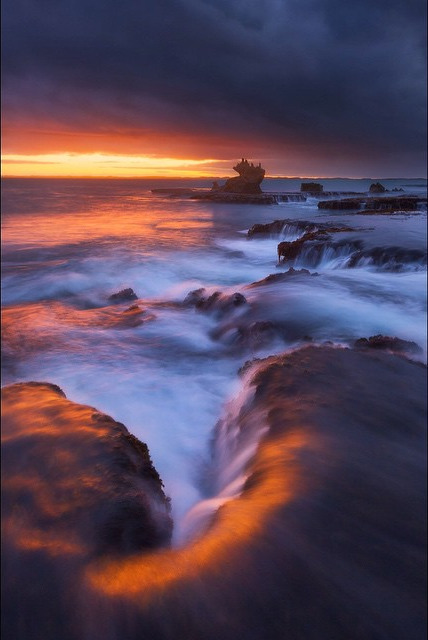






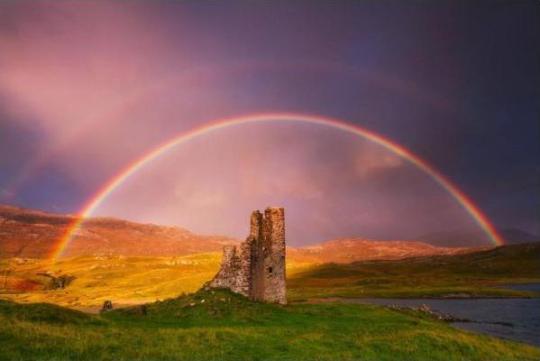


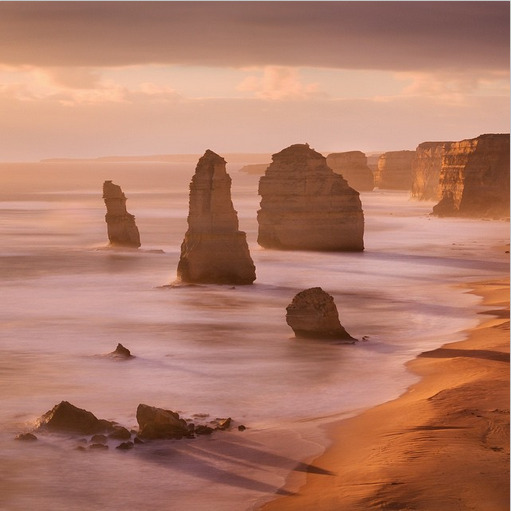





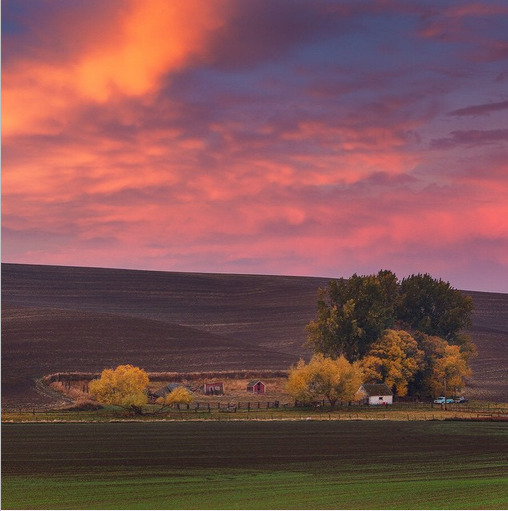

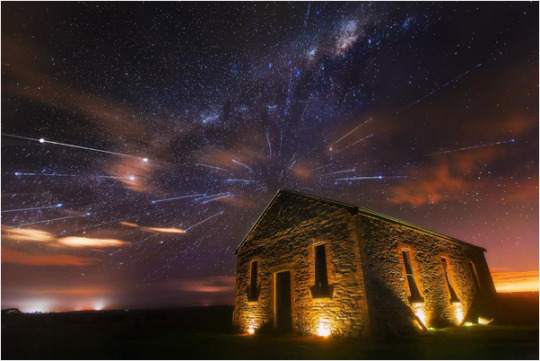
Photos and texts: @everlook_photography
1-. Bellary creek winds its way between Tom Price and Paraburdoo, Australia
2-. Eagle creek detail, taken oh the hike to Punchbowl Falls
3-. Fortescue falls is one of the major attractions in the Dales George area. This is part of an exposure blend panorama, Australia
4-. Hallet cove sunset from 2013. One of many amazing sunsets we get locally, just need to import some sea stacks lol. Australia
5-. Hanging around the Grampians
6-. Iceland
7-. Karijini at Kalamina gorge
8-. Moulting bay, bay of fires Tasmania
9-. Muriwai gannet colony. New Zealand
10-. Our recent trip ended up in robe where we had all kinds of weather. South Australia
11-. Palouse Washington
12-. Port willunga jetty. Australia
13-. Robe obelisk
14-. Spa pool in Hammersley Gorge, Karijini national park
15-. The Cathedral is a tower of granite rising from the mount buffalo area
16-. The core of the Milky Way over mount Hotham
17-. The ruins of Ardvreck Castle on a rainy evening with breaking light that had me scrambling to frame the castle under the rainbow
18-. This was one of our favourite scenes taken at Hopetoun Falls in the Otway ranges, Melbourne, Australia
19-. This was South falls in late afternoon, Oregon
20-. Victoria, Australia
21-. Victorian alps, Australia
22-. Wreck beach is the final resting place if the Marie Gabrielle
23-. A lower vantage point of Regans pool from the chute in Hancock gorge
24-. A ribbon of sunset light appears over Robe Obelisk during our last trip. Australia
25-. An oldie from Milang on a stormy morning at Lake Alexandrina
0 notes
